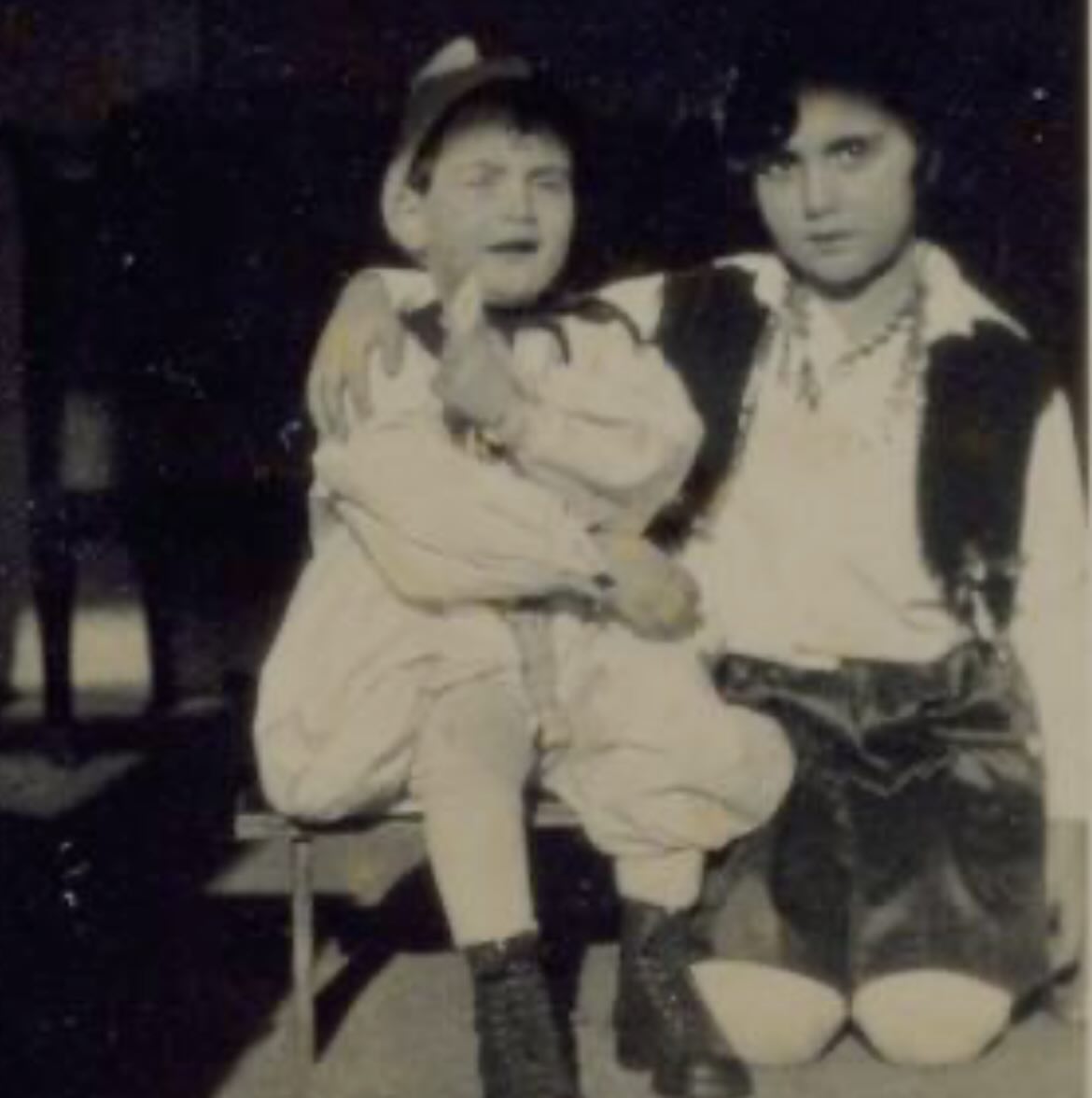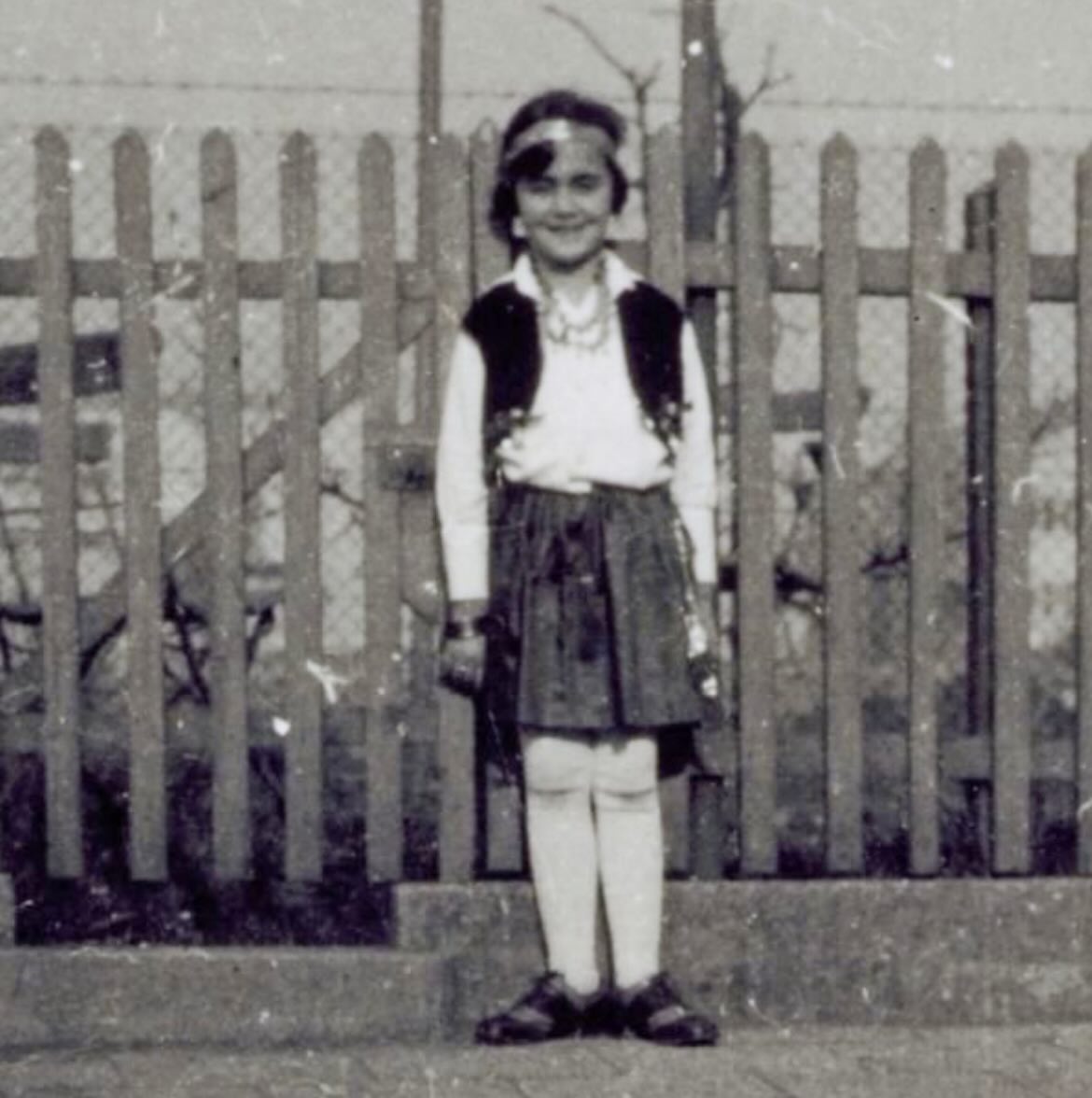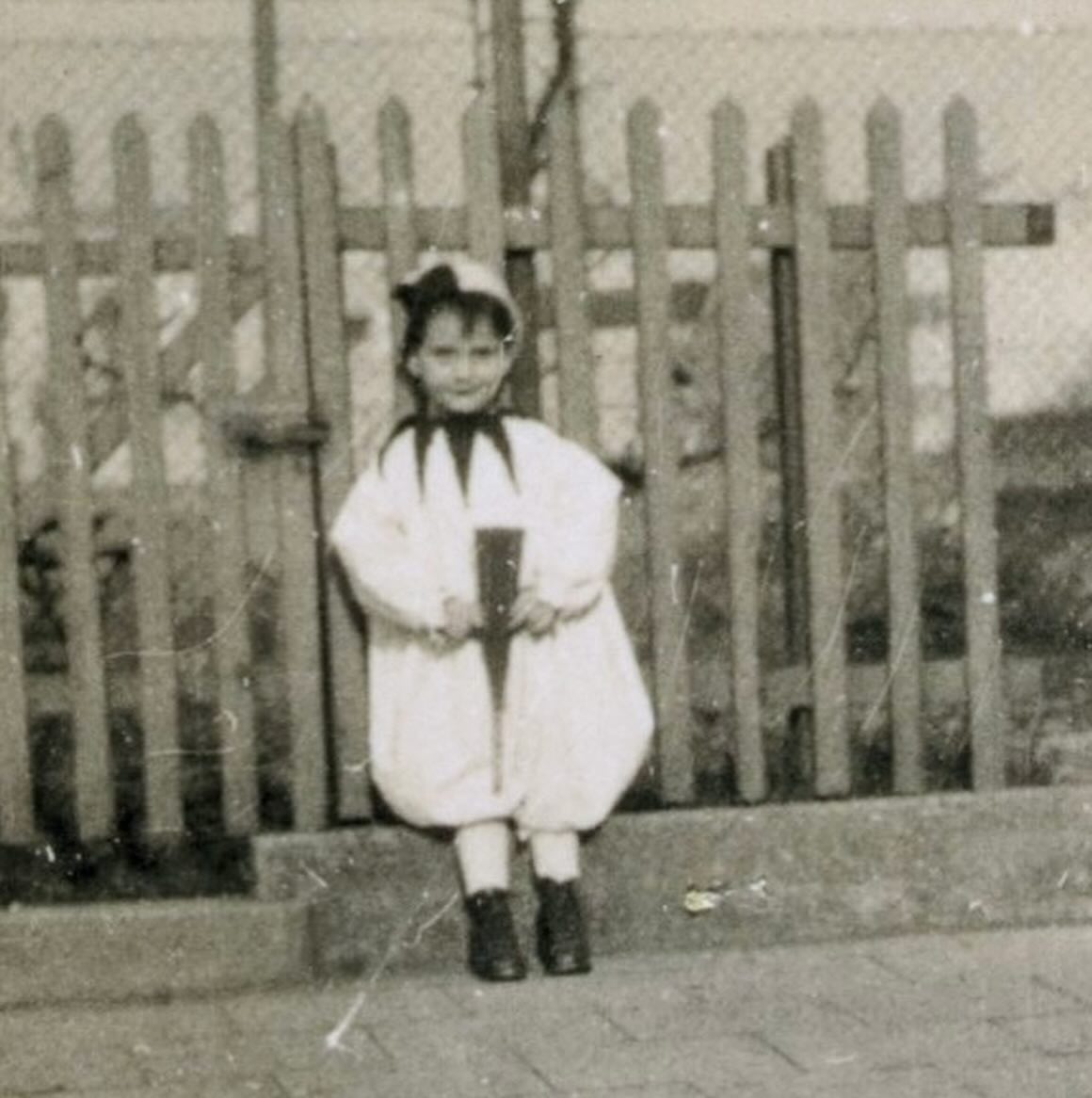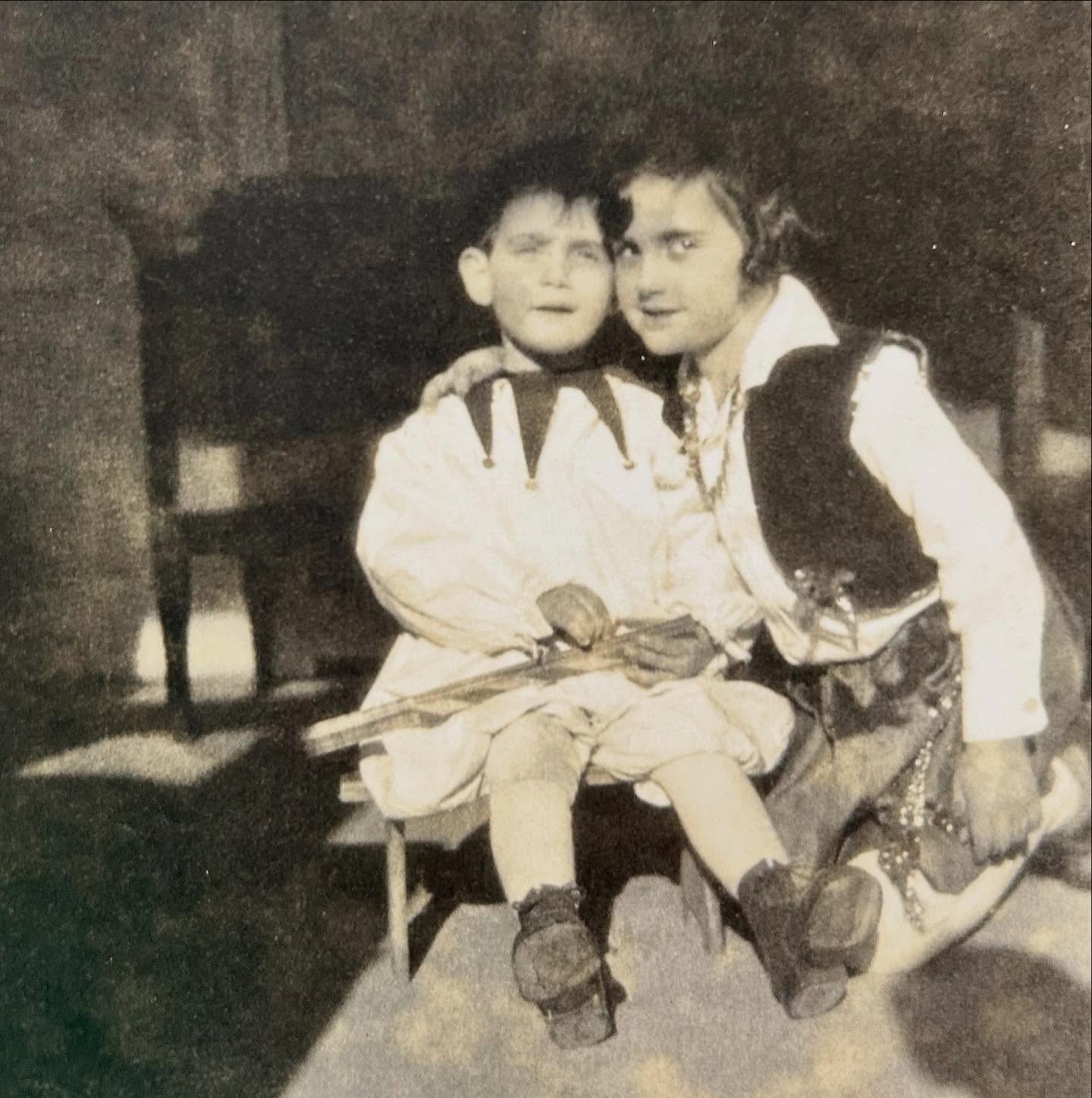The Story of Purim

The holiday commemorates the events that took place in the Persian Empire during the 4th century BCE. The villain of the story is Haman, the king’s advisor, who planned to kill all the Jews in the kingdom. His plot was foiled by the bravery of a Jewish woman named Esther, who had become the queen, and her cousin Mordecai. Esther revealed her Jewish identity to the king and pleaded for her people’s lives, ultimately saving them from Haman’s wicked plan.
Celebrations and Traditions

Purim is celebrated with great joy and enthusiasm. The primary traditions include:
- Reading the Megillah: The Book of Esther, known as the Megillah, is publicly read in synagogues. When Haman’s name is mentioned, people use noisemakers (“ra’ashan”) to drown it out.
- Giving to Charity: It is a mitzvah (commandment) to give money to at least two poor people.
- Sending Food Gifts: Friends and family exchange gift baskets filled with ready-to-eat foods and treats, known as “mishloach manot.”
- Feasting: A festive meal, or “se’udah,” is held in the afternoon, often accompanied by drinking and merriment.
- Dressing in Costumes: It is customary to wear costumes and masks on Purim. This tradition is a reminder of the hidden nature of the miracles in the Purim story, as God’s name is not explicitly mentioned in the Book of Esther.

